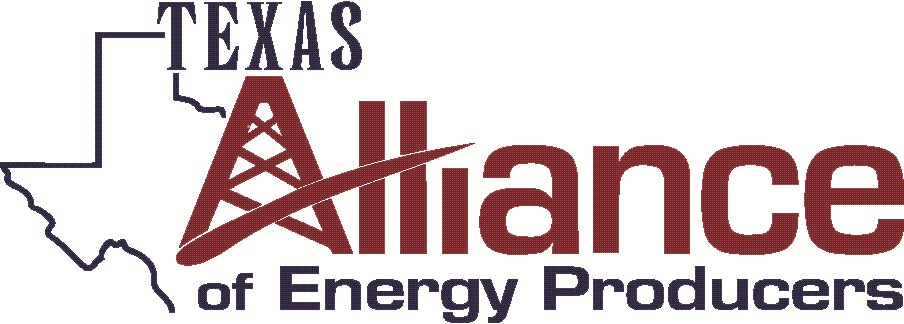WICHITA FALLS – Oil and gas producers in Texas kicked off the New Year with a bang, propelling the Texas Petro Index upward for the 14th straight month by continuing to increase production in response to higher wellhead prices. At 192.7 in January, the TPI was 25 percent higher than in January 2017 when the TPI stood at 153.7 and up more than 30 percent than in November 2016 when the TPI stood at 148.2.
“The statewide upstream oil and gas economy remains in a state of expansion with generally favorable pricing, a slowly rising rig count, growing industry employment, and record crude oil production,” said Ingham, the economist who created the TPI and updates it monthly.
TPI estimates in January indicated wellhead prices were higher for both crude oil and natural gas, boosting upstream activity across the board:
- The number of drilling permits granted increased 1,166, about 22 percent more than in January 2017 and the most permits in January in four years.
- The number of well completions reported—considered a lagging indicator in the upstream oil and gas economic cycle—turned the corner in January, with crude oil completions increasing 77 percent and natural gas completions up 113 percent.
- The average number of drilling rigs at work in January was unchanged from December, but still represented a 35 percent improvement compared to January 2017.
- Statewide upstream oil and gas employment in January was up about 15.5 percent compared to the same month last year.
But Ingham said most of the impetus for the continuing upstream oil and gas expansion in Texas came from crude oil.
“According to TPI estimates, crude oil production in Texas in January totaled 119.4 million barrels, which would surpass all prior volumes in January, including the early 1970s when the statewide annual production record was set.
“In addition, the posted price for crude oil in Texas in January jumped more than $6 per barrel ($/bbl) compared to December to average more than $60/bbl for the first time since November 2014.”
A composite index based upon a comprehensive group of upstream economic indicators, the Texas Petro Index increased for the 14th consecutive month in January to 192.7, up from 188.9 in December and 153.7 in January 2017. Before the most recent economic downturn, the TPI peaked at a record 313.5 in November 2014, which marked the zenith of an economic expansion that began in December 2009, when the TPI stood at 187.4.
TPI Highlights in January:
- Estimated crude oil production in Texas totaled more than119.4 million barrels, 21.9 percent more than in January 2017. With oil prices in January averaging $60.10/bbl, the value of Texas-produced crude oil amounted to nearly $7.2 billion, about 48.8 percent more than in January 2017.
- Texas natural gas output increased 2.7 percent compared to January 2017 to nearly 665.9 billion cubic feet. With natural gas prices in January averaging $3.62/Mcf, the value of Texas-produced gas increased 16.4 percent to about $2.4 billion.
- The Baker Hughes count of active drilling rigs in Texas averaged 456 units, 35.7 percent more units than in January 2017 when an average of 336 rigs were working. Drilling activity in Texas peaked in September 2008 at a monthly average of 946 rigs before falling to a trough of 329 in June 2009. In the economic expansion that began in December 2009, the statewide average monthly rig count peaked at 932 in May 2012 and June 2012.
- The number of original drilling permits issued was 1,166, 22 percent more than the 956 permits issued in January 2017.
- An estimated average of 226,200 Texans remained on upstream oil and gas industry payrolls, about 15.5 percent more than the revised average of 195,900 in January 2017, but about 23.4 percent fewer than the estimated high of 295,200 in December 2014. According to revised TPI estimates, the trough of upstream oil and gas employment in Texas before the expansion ending December 2014 was 168,700 in October 2009. During the previous growth cycle, industry employment peaked at 211,100 in October 2008. (EDITOR’s NOTE: Later in the month of March, the Texas Workforce Commission will issue revised monthly industry employment data for 2016 and 2017 and the Texas Petro Index will be updated accordingly.)
ABOUT the TPI: The Texas Petro Index is a service of the Texas Alliance of Energy Producers, the nation’s largest state association of independent oil and gas producers.





